CRT TVs: features and device

CRT TVs are well known to the older generations of our fellow citizens and residents of other countries. But a large number of modern people no longer know the peculiarities of work and the internal structure of such technology. The time has come to fill this gap and give electron beam technology a deep characterization.

What it is?
CRT TV (also known as CRT TV) has been the only option for home television technology. And not only at home - even in the professional segment there were no serious alternatives to it. Many of these devices have been in operation for several decades in a row, and now you can still find quite a few working CRT TV sets released in the 1990s or even the 1980s. Yes, the development of technology does not stand still, and today such models are produced only in the economy segment... But this does not mean that they are bad or do not deserve consumer attention.
At the same time, however, even the best CRT equipment has significant dimensions and is quite heavy. Against this technique is the significant energy consumption. The electron tube is susceptible to magnetic fields. Her screen sometimes flickers, which tires the eye, and it is impossible to get rid of the flicker for purely technical reasons.
The conclusion is this: almost always the purchase of a CRT TV is motivated by the desire to save money as much as possible.
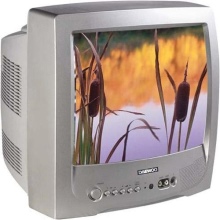

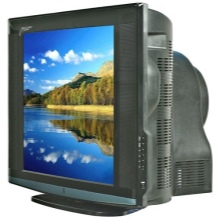
Device and principle of operation
The schemes of imported and domestic television receivers based on a CRT device may differ. But the fundamental structure of such electrical appliances, if we move away from proprietary innovations and various improvements, is always the same. As in any other TV, a power supply is required. It is usually made in an impulse manner. If you do not go into technical details, the essence is as follows:
- there is a transformer inside the unit;
- this transformer has a so-called primary winding;
- such a primary winding receives electrical impulses that change over time according to a certain rule.
The power supply has two main modes - standby and work. Even when the device is just waiting for commands from the remote control or from the buttons on the front panel, it still draws a certain current.
It is for this reason that all firms, since the appearance of televisions, are advised to turn them off at night and before long-term care.
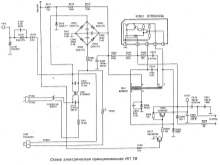
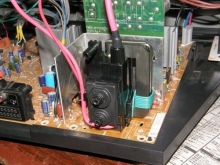
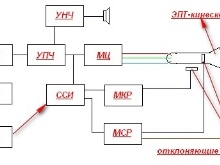
In addition to the main modes, the power supply is also logically complemented by a control unit. It can be one or more devices (components) that are responsible for:
- switching channels;
- autosearch and memorization of channels;
- manual search for on-air broadcasts;
- volume control, other sound parameters;
- adjustment of the main parameters of the image;
- processing of infrared pulses sent by the remote control;
- memorization of all settings;
- performing line scanning.
Plays an important role synchronized pulse selector. It clearly separates line and frame signals from the entire video stream. Therefore, without a selector, neither horizontal nor vertical scanning is possible, even if the control system, the power supply system, and the screen are working normally.
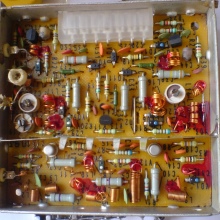

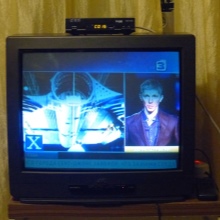
It is also worth mentioning about selector (separator) of channels. This hypersensitive receiver is permanently energized.And the color television signal sent further into the system is at a strictly specified frequency - independent of the frequency of transmission on the air.
Next, you should consider an intermediate frequency amplifier unit. Components of this device:
- video detector;
- amplifier of intermediate acoustic frequencies;
- detector of the frequency of the transmitted sound.
As for the lower frequency amplifier, it is not busy with anything other than actually increasing the sound volume. Of course, engineers could point out the subtleties in the operation of this device, but they are not important for understanding the general essence. But the chromaticity module decodes 3 key colors in the RGB system and amplifies them to the required value. The vertical scanning module generates a sawtooth signal on special coils responsible for the vertical side of the picture.
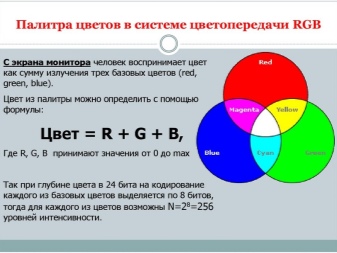
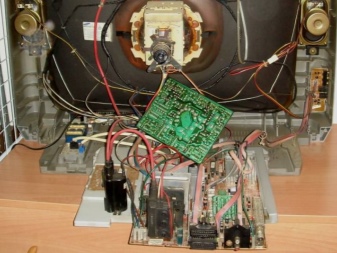
Next, the line scan coil control unit is connected. It creates a sawtooth electrical impulse that forms the horizontal part of the image.
An important component is a cascade-type diode line transformer. It is here that that high voltage is formed, which will later be applied to the color kinescope. Secondary electrical circuits are supplied through the secondary windings of the same transformer. From them the secondary components are supplied with power.
The picture tube of a color TV contains 3 electron guns. To obtain a black-and-white picture, one emitter is enough. Precisely oriented streams of electrons are captured by special coils. From them, the beam is redirected to the anode output, and then the filter mask provides 3 main tones.
The inner border of the screen is covered with a special substance - phosphor.
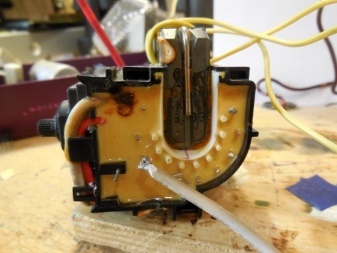

Glow under the action of an electron beam does not just happen.... Each area of the phosphor is responsible for its own primary color. The beams help form a fast moving spot of visible light. It moves from the left edge to the right, from the top to the bottom, but the speed is so high that it is impossible to notice the process. The higher the frame rate, the better the picture is observed in front of the viewer.
The question may arise - if the picture tube should always be convex, then how are models with a flat screen made? And here it is necessary to point out an important point: completely flat picture tubes exist only in advertising. After all, these are vacuum devices, and in order to withstand atmospheric pressure, their front wall has to be thickened. Only a few firms have produced and are producing televisions, the screens of which are part of the cylinder. Then the vertical plane is ideal, but the horizontal still leaves an unavoidable curvature.
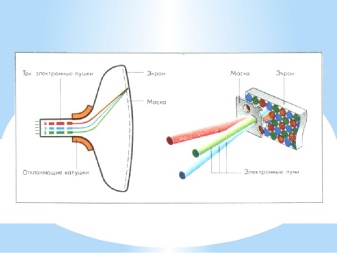
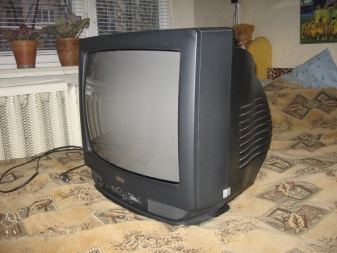
Main technical characteristics
A very relevant parameter is the range of received frequencies. Almost all televisions manufactured today on an industrial scale can receive meter and decimeter radio waves. Some models will also be able to process cable TV signals. Modern television receivers store at least 99 channels.
In some versions, this figure is even higher.

But the total number of channels and even frequencies is not everything. Sometimes the signal in some places is very weak or unstable. Then the sensitivity of the receiver becomes a critical indicator. Important: sensitivity can be limited by noise or synchronization. For a long time, CRT TVs had a 4: 3 aspect ratio. But now there are very few of them, and almost all manufacturers have switched to a more rational 16: 9 ratio.
Frame rate change in budget class models and in older models is no more than 50-60 Hz. More modern examples change the frame on the screen 100 times per second. This improvement has made it safer for your eyes to watch TV. The brightness of the picture is measured in candelas (abbreviated cd) per 1 m2. For a typical picture tube, this figure varies from 150 to 300, which is quite enough for a clear perception of the picture even in low visibility.

As for the resolution, then in practice, it is approximately 1200 TV lines. In more common units, this is about 1200x800 points. Technically, CRTs themselves can produce a clearer picture. But the bottleneck is the capabilities of the sweep system and the deflecting unit. In addition, taking into account the real quality of the TV signal, it is hardly necessary to count on more than 600x400 pixels. Of course, if we talk about broadcasting, and not about the reproduction of media.
On the market you can find CRT TVs with a screen diagonal of 32 inches. But this is not the limit. According to some reports, the largest receivers of this type are the Sony kv-es38m61. Their size was 38 inches.
Such TVs cost almost more than plasma counterparts with a diagonal of 42 inches.
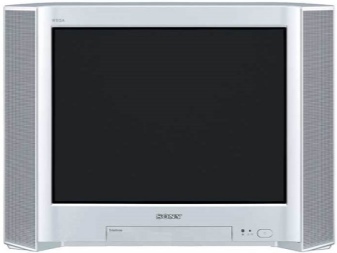
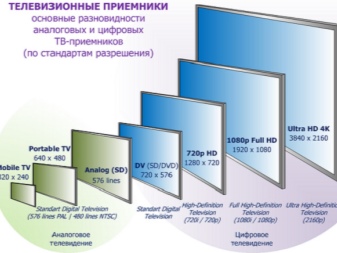
Possible malfunctions
The picture on the CRT TV becomes cloudy due to defects in the vacuum gun itself. Professionals can add a backup winding to the transformer, but still, after a few months, you have to change the kinescope. But the appearance of brightly luminous areas, diluted with narrow horizontal veins, means an irreparable defect.
Sometimes the screen goes out - this problem is usually associated with an open circuit or a short circuit at the cathodes. When a circuit is completely inoperative, it cannot be restored. In a more favorable situation, the problem is solved by sealing the contacts.
Hitting the edges of the screen with a rubber mallet will sometimes correct the picture misalignment. However, much more often you cannot do without changing the picture tube. If the power supply burns out, you will have to change the fuses, and if the image is disturbed, the thermistors are sometimes replaced.
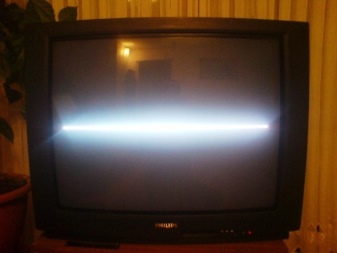
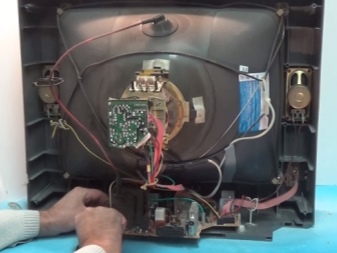
The appearance of smoke means that you urgently need to turn off the TV and immediately call technical support... Most often, masters put in serviceable capacitors. If the protection against burning the kinescope has worked, then it will not work to switch from standby mode to normal mode. The only way out is replace the defective transistor. Attention: most often this problem is specific to the Erisson brand, but it can also happen on other TVs.
LG CRT TV sometimes won't turn on after a long time. Wizards in such cases usually check capacitors, motherboards and power supply circuits. They will also have to find out if the contact has gone somewhere. Before calling the wizard, it makes sense to check the performance of the socket, plug, network wire with a multimeter.
Then ridiculous situations can be avoided.
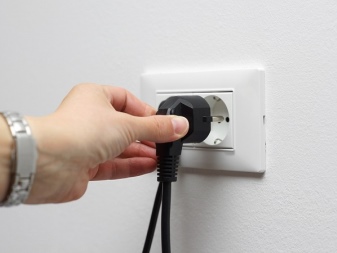
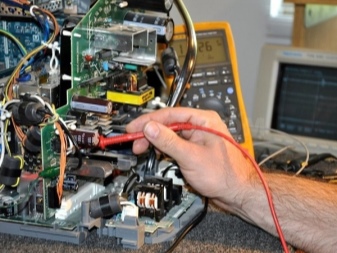
You can find out how to learn how to repair CRT TVs below.













The comment was sent successfully.